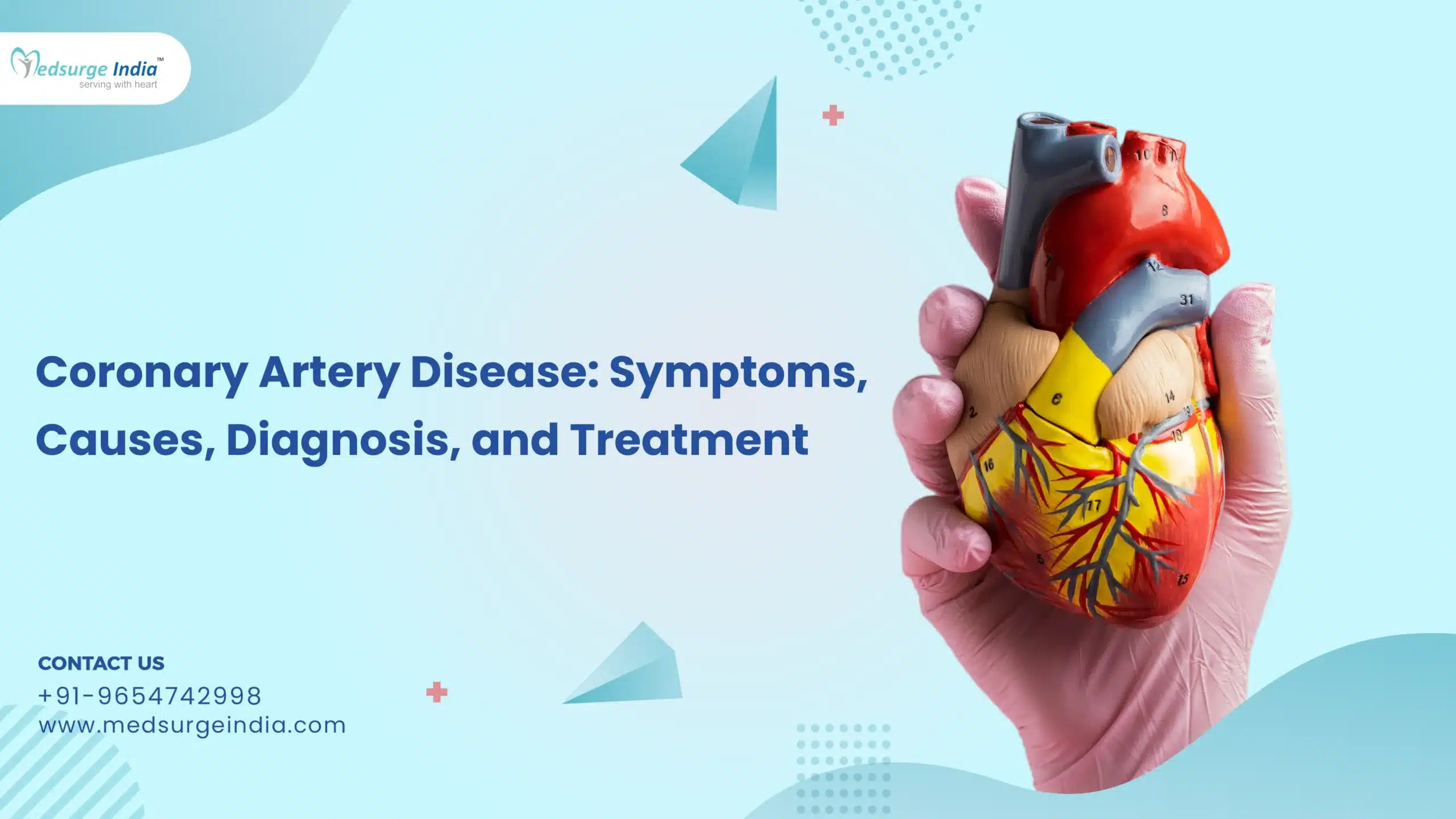
Glioma vs. Glioblastoma: What’s the Difference
There are many terminologies linked to your diagnosis that sound similar, which can be confusing. Glioma vs. glioblastoma, stage vs. grade, chemotherapy vs. radiation therapy – there are many terms related to your diagnosis that sound similar, which can be confusing. One method to feel more at ease about your future therapy is to familiarise yourself with the language, which will help you better comprehend your treatment options.
Glioma and glioblastoma may sound similar, but the two types of brain tumor diagnosis are not the same. The differences between glioma and glioblastoma, as well as the numerous grades of gliomas and treatment options for each, are discussed here.
Glioblastoma: A type of Glioma
One of the most prevalent types of primary brain tumor is glioma. A type of glioma is glioblastoma.
The malignancy of the glial cells that surround nerve endings in the brain is known as glioma. Glial cells give support to neurons, which are responsible for walking, talking, thinking, seeing, and many other functions.
Neurons as messy teens who do not really clean up after themselves and require parental assistance. Like, Glial cells are needed to assist protect, cleaning up after, and nourishing them. Glial cells become gliomas when something goes wrong. We don’t know what causes this in the majority of people.
Grades of Gliomas
Many gliomas are called for the type of glial cell to which they are most similar. Gliomas that grow slowly are referred to as “low grade.” Gliomas of Grades 1 and 2 are among them. Grades 3 and 4 are “high-grade gliomas”. Gliomas are rated according to how quickly or aggressively the cells divide. The more aggressive the brain cancer is, the higher the grade. A glioblastoma is always a Grade 4 glioma by definition.
Younger patients are more likely to have low-grade cancers. Patients who are older are more likely to be diagnosed with higher-grade cancer, such as glioblastoma. The following are some of the most frequent gliomas, organized by grade:
- Grade 1: These gliomas come in a variety of shapes and sizes. One example is pilocytic astrocytomas. Children are more likely to have them.
- Grade 2: Diffuse glioma, either astrocytoma or oligodendroglioma.
- Grade 3: Anaplastic glioma, astrocytoma, or oligodendroglioma.
- Grade 4: Glioblastoma IDH wildtype or IDH-mutated astrocytoma is grade 4. The most aggressive form of glioblastoma is the IDH wildtype.
How the diagnosis of Glioma and Glioblastoma is done?
Doctors can now make more precise glioblastoma and other glioma diagnoses according to developments in diagnostic technology.
An MRI is the most common imaging test for glioma. If your MRI reveals a tumor, your doctor will almost certainly want to obtain a sample for a biopsy. A biopsy is a surgical operation that involves cutting away a bit of the tumor and removing it for testing. For analysis, the sample will be transported to a laboratory. A pathologist will examine the tissue once it arrives in the lab. To identify the glial cell, doctors used to solely look at cancer cells under a microscope. They can now recognize these tumors based on their molecular properties, which are the genetics of the cancer cells themselves.
What are the risk factors for Gliomas and Glioblastoma?
While gliomas normally develop at random, there are two recognized conditions that can lead to the formation of a glioma. If a person has received radiation therapy for head and neck cancer or brain cancer when they were young, they are more likely to develop secondary cancers. This could be the result of a glioma diagnosis if genetic disorders run in the family. Gliomas are not known to be caused by any other factors.
Male patients in their 50s are more likely to be diagnosed with glioblastomas, despite the fact that there are no modifiable risk factors.
What is the difference in treatment for Gliomas and Glioblastoma?
Gliomas enter the brain in the majority of cases. When this happens, thoroughly eliminating the cancer cells can be challenging. This indicates that the tumor may reappear or become more aggressive. As a result, surgery is an important element of a patient’s treatment strategy, although other treatments such as radiation therapy or chemotherapy may be required.
Glioblastomas are generally treated with a combination of radiation therapy and low-dose chemotherapy since they are more aggressive. More chemotherapy is frequently administered after this.
Other forms of gliomas are typically treated with radiation alone, followed by chemotherapy. Depending on the type of glioma, they may also be treated with different types of chemotherapy. Chemotherapy and radiation therapy aren’t frequently used jointly to treat them.
Patients who have completed glioma therapy must have regular MRIs to ensure that their tumor has not recurred. The frequency with which a patient is seen is determined by their diagnosis and treatment plan.












